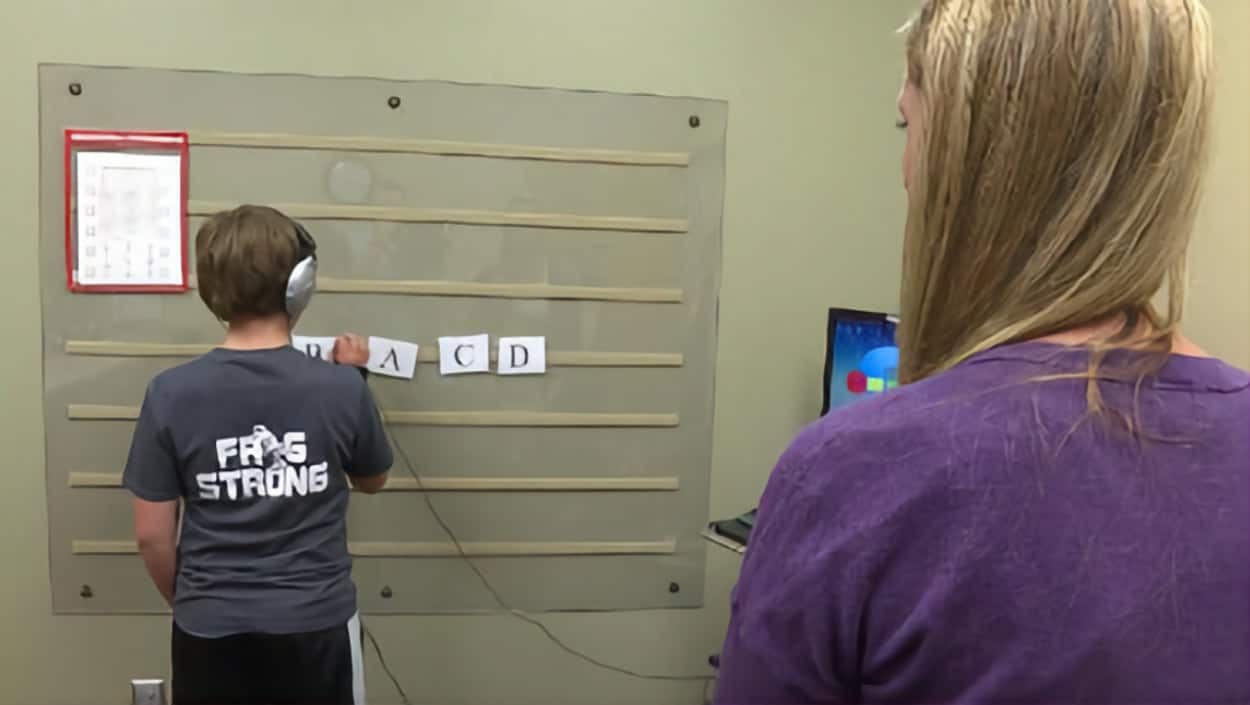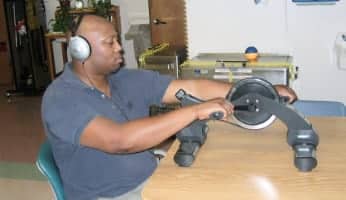IM Featured in the News: IM and Reflex Integration

Home - Testimonials - Pediatric Testimonials - IM Featured in the News: IM and Reflex Integration

Watch the full video here
Occupational Therapist Laura Anderson, from Avera St. Lukes uses Interactive Metronome with Gannon Schock to help improve the synchronization between his brain and body. It “helps [him] find a center beat on what a good beat should be for daily life.” Since using IM, Gannon has shown significant improvement. Gannon even says he likes school now.
Published on KSFY.com | By Tess Hedrick Sun 4:16 PM, Oct 09, 2016 | Updated: Mon 8:48 AM, Oct 10, 2016
Watching Gannon Schock, he appears to be playing some sort of video game.
But as Avera St. Luke’s occupational therapist Laura Anderson explains, this “˜game’ is a brain-based program called “˜Interactive Metronome.’ It helps to sync Gannon’s brain with his body.
“So some kids tend to be — you know, your really fast kids — they’re moving all the time. And you have your kids who move like turtles; so this helps find a center beat that helps them get on track on what a good beat should be for daily life, how you should move through your day. The kiddos, they hear different tones in their ears to signal different things — if they’re going too fast, if they’re going too slow. And so it helps them get regular and on a beat which is very beneficial for kids because then in school they’re able to attend to their teacher by hearing and seeing and along with doing motor movements,” said Anderson.
The different motor movements, like Gannon clapping, also coordinate with different eye movements on the screen.
Kids who benefit from this therapy may have a hard time and get frustrated at school, along with ADHD, autism or have motor-planning issues.
“Homework is a lot more tolerable. Homework used to be certain, subjects especially — it would, he would start going on it and then he would just kind of lose it. And we don’t have issues with that anymore,” said Angie Schock, Gannon’s mom.
Gannon uses what he practices with Anderson and applies it in his everyday life.
“In school, when I’d get really stressed out, all I’d have to do is something called pace and then that — I don’t know how — but it somehow calmed me down,” said Gannon.
“It was pretty crazy because you watch him do it and you think, how is this — you do. You see changes in their behaviors, how they react to things and all of a sudden, he knew things to do that helped him,” said Angie.
What Gannon is doing here is “Reflex Integration.”
“Reflexes are supposed to go away when kids are little and we’re seeing that they’re being — they’re not going away. And so they’re retaining them, which is causing delays in motor skills and attention and concentration, and just ability to do their daily life skills,” said Anderson.
Through these therapies, both Gannon and his mom have noticed a dramatic and positive change in his attitude and behavior.
“He said, ‘You’ve probably never heard me say this, but I like school.’ — and which he just started middle school so that’s big,” said Angie.
“I’ve seen such good results with kids that it’s very, very rewarding. You have kids with less meltdowns and improving their academic and home life,” said Anderson.
“I would just highly encourage anybody that has the chance, do it,” said Angie.
Read the story on KSFY.com here




